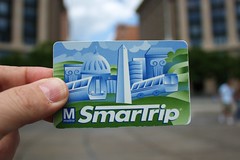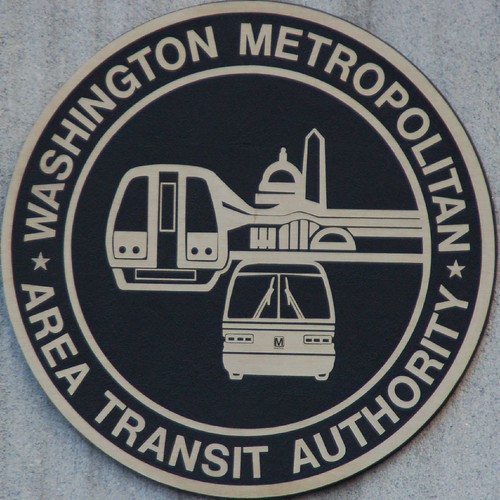APTA Study: Mass Transit Could Save D.C.-Area Commuters $9,500 a Year
 (Source: APTA via News Channel 8)
(Source: APTA via News Channel 8)
WASHINGTON – Taking public transportation could save D.C.-area residents an average of $9,500 a year, according to a new report.
The American Public Transportation Association study based its report on the average gas price for March 5, 2009 ($1.93), and unreserved parking space rates from 2008 (an average of $143 per month).
D.C. ranks 8th in the nation for savings for public transit users, the study found. 
“I don’t have a car — I take public transportation everywhere,” said one woman.
“Every day I take the Metro; I take the train; I take the bus — a car around here is really not worth it at all,” said Brandin Dechabert, a commuter.
The savings assumes the household gives up one vehicle, including the cost of insurance. That’s based on an average of 15,000 miles traveled by year.
|
Average Monthly Cost Savings |
||
|
City |
Monthly Savings |
Annual Savings |
| 1 Boston |
$1,036 |
$12,428 |
| 2 New York |
$1,032 |
$12,390 |
| 3 San Francisco |
$960 |
$11,516 |
| 4 Chicago |
$875 |
$10,497 |
| 5 Philadelphia |
$861 |
$10,333 |
| 6 Seattle |
$856 |
$10,274 |
| 7 Honolulu |
$836 |
$10,033 |
| 8 Washington |
$794 |
$9,530 |
| 9 San Diego |
$772 |
$9,268 |
| 10 Minneapolis |
$766 |
$9,198 |
| 11 Cleveland |
$755 |
$9,064 |
| 12 Portland |
$749 |
$8,988 |
| 13 Denver |
$734 |
$8,811 |
| 14 Baltimore |
$720 |
$8,635 |
| 15 Los Angeles |
$701 |
$8,416 |
| 16 Miami |
$685 |
$8,222 |
| 17 Dallas |
$681 |
$8,169 |
| 18 Las Vegas |
$675 |
$8,105 |
| 19 Atlanta |
$669 |
$8,033 |
| 20 Pittsburgh |
$630 |
$7,556 |
Click here to read the entire article.


























